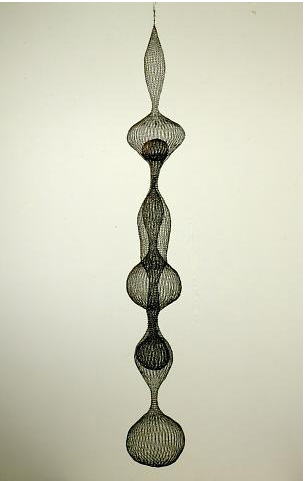The next rule of writing for visitors is that the message must be simple, core and compact. Good examples of elegant simplicity are proverbs: a bird in the hand is worth two in the bush. A proverb isn’t a sound bite, it’s an encapsulation of an abstract idea in a easily remembered, simple sentence. Visitors don’t want our ideas simplified into sound bites, they need real information and insight. Our readers’ problem isn’t lack of intelligence, it is inexperience dealing with our subject matter. Simple means compact and elegant, not dumbed down information.
In their book Made to Stick, the Heath brothers wrote about a college journalism instructor who gave his students information about teachers at a local high school traveling out of town the following week to a national teaching convention. The instructor included the theme of the convention, and presentations that local teachers would make. Margaret Mead was a keynote speaker at the convention. The journalism students were to write leads for a news story in the community paper about the event, and when they turned in what they had written the instructor quickly reviewed them and set them aside. “The lead,” he said, “is that there will be no school on Thursday.”[1]
The core message is not necessarily subject of the text or a work of art. The core message is what the work of art or text means; in this case, there will be no school on Thursday. It isn’t always easy to figure out, but it’s worth working on to make your message both core and compact.
At the Oakland Museum of California, poet Jaime Cortez was hired to write “personal perspective” labels for pieces in the collection. Consider the way this label never veers away from the sculpture, and describes what it is, what it does, and what it means (the core message), “a winding map of transformation.”

Untitled,1959
H. 93 in.
Collection of Oakland Museum of California, gift of the Women’s Board of the Oakland Museum Association
A59.74
This is a hard working sculpture. It is defining an inside space without enclosing that space. It is turning its own shadow into art. It is showing you many faces as you circle it. It is taking the delicate art of crocheting and making it lift weights. Most of all, it is using one plain piece of wire to map a winding path of transformation.[2]
Put yourself in the visitor’s shoes, and ask yourself: What is the essential question about this work of art? Or, ask yourself: What is the most interesting thing about this work of art? This is a good time to workshop your ideas, talk to your colleagues or visitors about your notion of the most interesting thing. Do they agree?
Visitors are depending on you to determine what is core about your message, and they will swallow it hungrily if you deliver it in a simple, elegant and compact package.
- Chip and Dan Heath, Made to Stick (New York: Random House, 2007), 51. ↵
- Gail Gregg, "Your Labels Make Me Feel Stupid," Art News, Summer 2010, http://www.artnews.com/2010/07/01/your-labels-make-me-feel-stupid/ ↵
